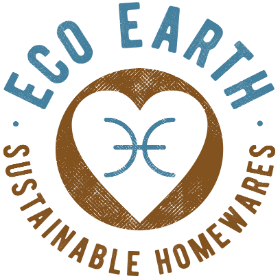
Vietnam and it’s coconut trees!
Vietnam is the easternmost country on the Indochina Peninsula. It has an estimated 100 million inhabitants and has still maintained a very family oriented social structure, even as it’s middle class begins to grow.
It’s not unusual for two or even three generations to live under the one roof and the majority of people still farm the land for a living. A key part of daily life is the coconut tree.
Coconut trees mostly grow through the Mekong Delta and Central Coastal regions, and while they are planted as a crop and harvested commercially, families will plant trees around their house to harvest their fruit and supplement their diet.
The coconut tree is also known as ‘The tree of a thousand uses’ and the Vietnamese people use every part of it.
The trunk is used to build houses and make utensils and handicrafts while the leaves are woven into bowls or rope ties.
The coconut fruit itself has a fibrous outer husk that is turned into rope and inside is a highly nutritious coconut water that is very important to their diet.
The white inner coconut flesh and coconut water are used extensively throughout their diet as well as providing a growing export market for the country.
And what’s left after all of that is the coconut shell! Traditionally it would be turned into charcoal or simply thrown away, but now there is a growing movement to reclaim and repurpose them.
So now family units and local artisans are able to reclaim the shells and create beautiful and earthy bowls for you to enjoy, while at the same time earning money for their families and removing the need for burning or discarding them!

